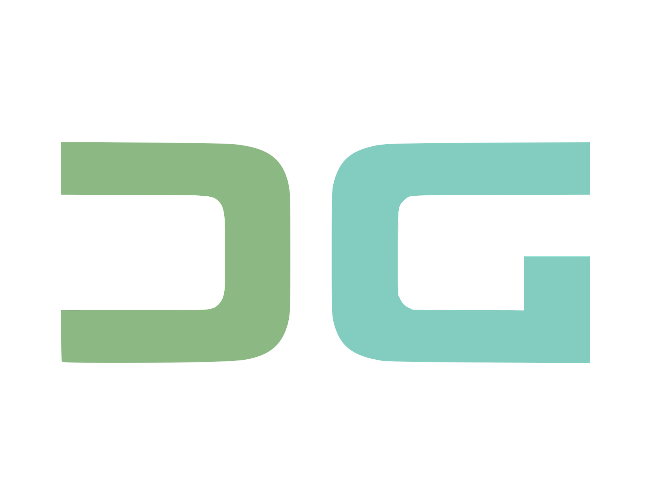Client asks for invoice automation. Old me: “I’ll build it from scratch, takes 4-5 hours.” New me: Opens template library. Done in 47 minutes.
Here’s how I organized it.
THE TEMPLATE LIBRARY STRUCTURE
BY USE CASE:
– Invoice processing (3 variations)
– Form extraction (2 variations)
– Email monitoring (4 variations)
– Scheduled reports (2 variations)
– Batch processing (3 variations)
BY TRIGGER TYPE:
– Gmail trigger templates
– Webhook trigger templates
– Schedule trigger templates
– Manual trigger templates
BY COMPLEXITY:
– Simple (4-6 nodes)
– Medium (7-10 nodes)
– Complex (11+ nodes with batching)
WHAT EACH TEMPLATE INCLUDES
1. COMPLETE N8N WORKFLOW JSON
– All nodes configured
– Connections mapped
– Error handling built-in
– Comments explaining each step
2. SETUP CHECKLIST
– Credentials needed
– API keys required
– Test data samples
– Deployment steps
3. CUSTOMIZATION GUIDE
– Which fields to update
– Common variations
– Client-specific modifications
– Edge case handling
4. TEST SCENARIOS
– Sample input data
– Expected outputs
– Error conditions to verify
– Performance benchmarks
HOW I USE TEMPLATES
CLIENT CALL:
– Understand their process
– Identify which template fits
– Note customization needs
BUILD PHASE (45 minutes):
– Import template JSON
– Update credentials
– Modify field mappings
– Add client-specific logic
– Test with their sample data
DEPLOY:
– Review with client
– Make final adjustments
– Go live
– Monitor first 24 hours
THE RESULTS
BEFORE TEMPLATES:
– Each workflow: 4-6 hours
– Starting from blank canvas
– Rebuilding error handling each time
– Forgetting edge cases
AFTER TEMPLATES:
– Each workflow: 45-90 minutes
– Starting from proven foundation
– Error handling included
– Edge cases already handled
REVENUE IMPACT:
– Same $1,200-1,800 setup fee
– 80% less build time
– Can take 3x more clients
– Consistent quality delivery
THE MAINTENANCE BENEFIT
Templates get BETTER over time. Each client teaches you an edge case. Add it to the template. Next client gets that fix automatically.
Your template library is your compound interest. Each workflow makes the next one better.
WHERE TO START
Pick your most common workflow. Export it as JSON. Document the customization points. Use it for the next similar client.
One template. Then two. Then five. Suddenly you have a library.


